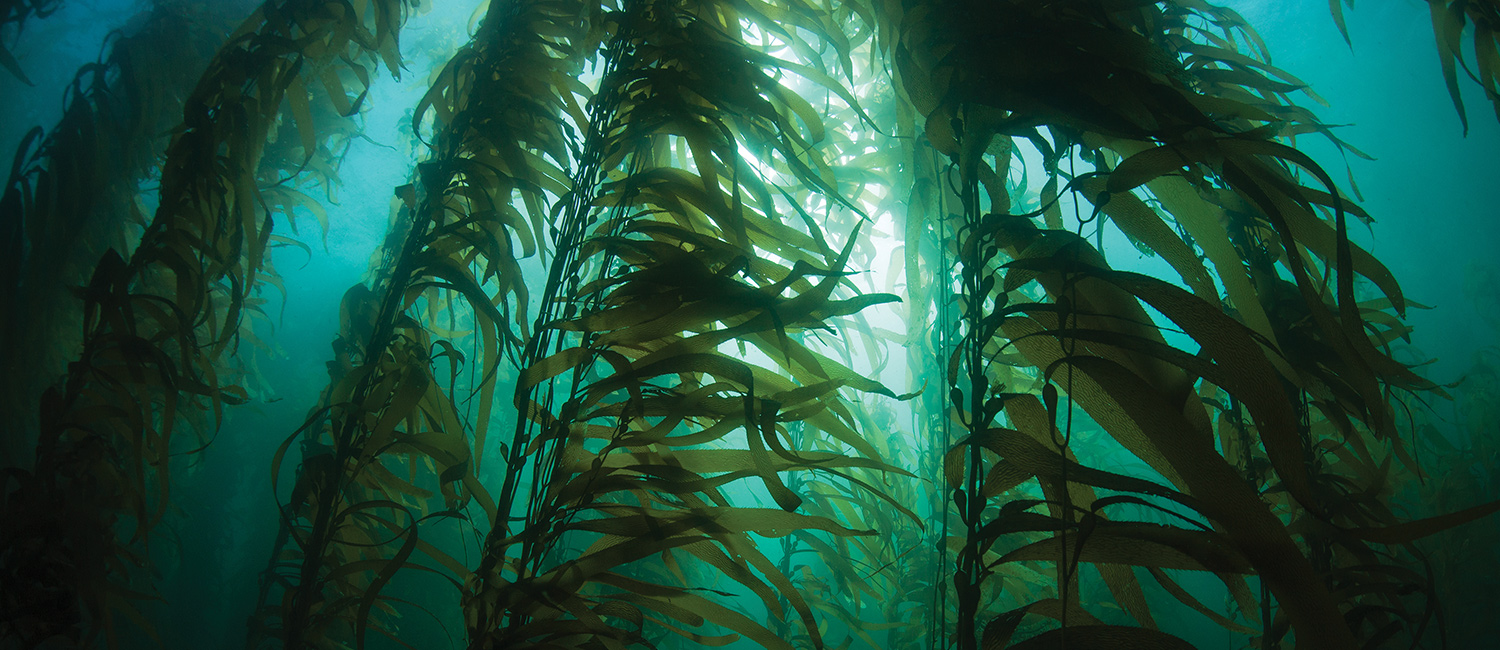
Energy help from giant kelp
It’s the fastest-growing organism on earth, and it could allow bioenergy to claim a bigger piece of the green energy portfolio in the United States.
Giant kelp has lots going for it as an energy source, says Filipe Alberto, a UWM associate professor of biological sciences. Among the biggest benefits: The seaweed could be cultivated in the oceans, so it wouldn’t compete with food crops for land and water.
That’s what Alberto is attempting with his research partners. “The idea of the program is to actually develop offshore sea-farming,” he says.
Strategies are needed to make giant kelp crops sustainable. Alberto is developing a kind of “seed stock” for breeding kelp with the genetic traits that are best-suited for mass production, and it will be tested in waters off the California coast.
“The populations that we’re going to focus on in Southern California,” Alberto says, “are actually the richest in terms of genetic diversity in the world.”
He aims to create genetic lines that are cost-effective and robust – even when they are grown in imperfect environments.
With $2.8 million from the Department of Energy, Alberto is conducting the work in partnership with the University of California-Santa Barbara and the University of Southern California.